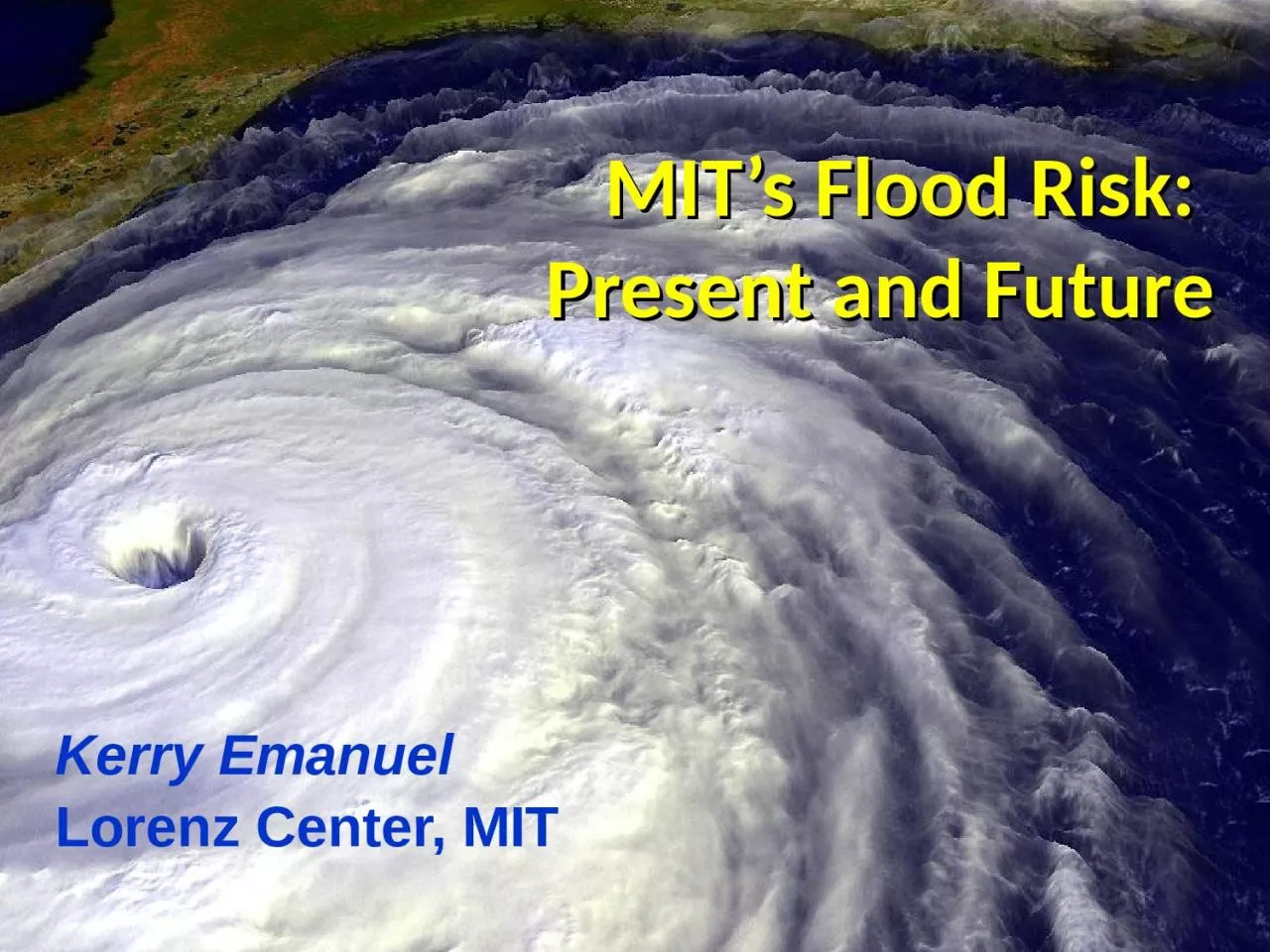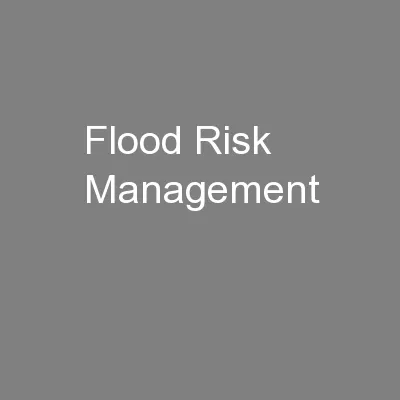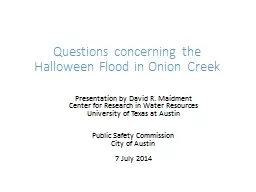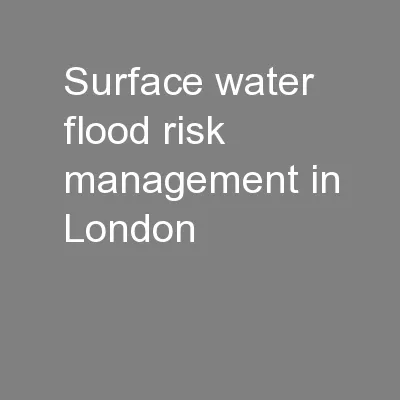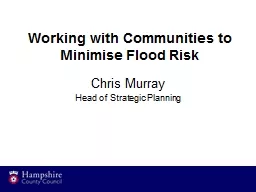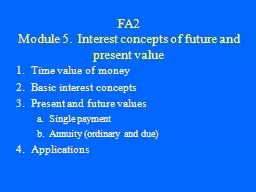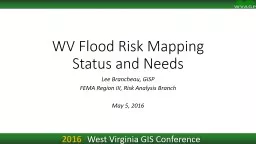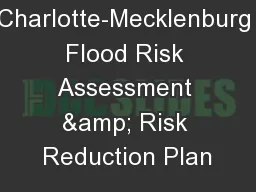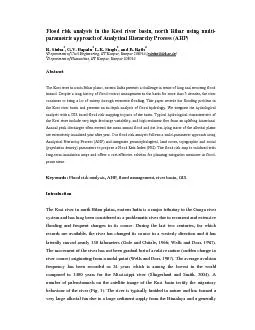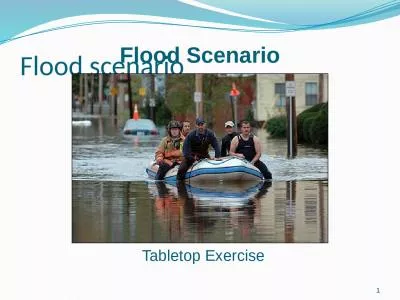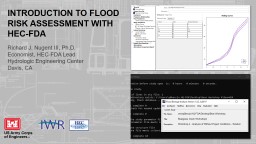PPT-MIT’s Flood Risk: Present and Future
Author : amelia | Published Date : 2024-01-29
Kerry Emanuel Lorenz Center MIT Program Brief Overview of New England Floods Assessment of MITs Tropical Cyclone Flood Risk How will Global Warming Affect MIT
Presentation Embed Code
Download Presentation
Download Presentation The PPT/PDF document "MIT’s Flood Risk: Present and Future" is the property of its rightful owner. Permission is granted to download and print the materials on this website for personal, non-commercial use only, and to display it on your personal computer provided you do not modify the materials and that you retain all copyright notices contained in the materials. By downloading content from our website, you accept the terms of this agreement.
MIT’s Flood Risk: Present and Future: Transcript
Download Rules Of Document
"MIT’s Flood Risk: Present and Future"The content belongs to its owner. You may download and print it for personal use, without modification, and keep all copyright notices. By downloading, you agree to these terms.
Related Documents

